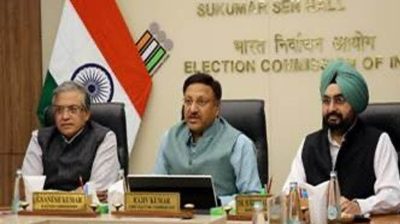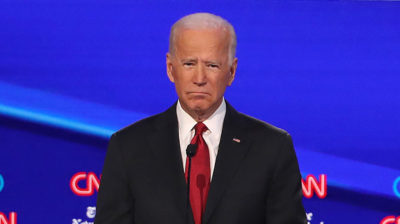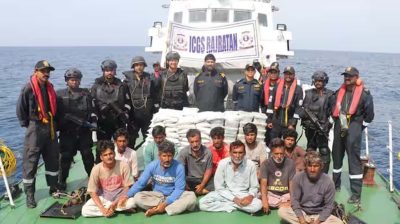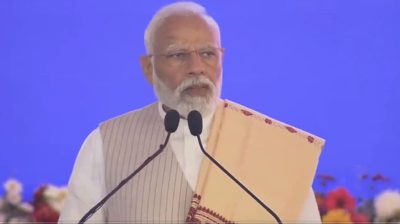Bengaluru, Jan 11 (UNI) The year 2019 has started with a ‘big bang’ for ISRO and the state-run space agency has lined 32 launches during the year, double the number of successful launches it achieved during 2018.
Ths include 14 launch vehicle missions, 18 spacecraft mission. In the launch vehicle mission there will be eight PSLV, two GSLV MkIII and two Small Satellite Launch Vehicle (SSLV) missions.
Speaking at the annual press conference here on Friday, he said the beginning of the preparations in the new year is preparing for the Gaganyan the human space flight programme slated to be launched in December 2021.
‘’This a major turning point for ISRO. It is triggering the space agency’s expansion in a major way. Once the final launch is fixed, three Indian astronauts will travel to space and stay there for seven days and safely return,’’ he said.
He said to ensure execution of Gaganyaan programme ISRO today launched the ‘Human Space Flight Centre’ at its headquarters here. This centre will be controlling all human space programme related activities. Gaganyaan project will function as a system under this centre. ‘’We have named Dr Unnikrishnan Nair as the director of this centre. The project director for Gaganyaan is Mr Huttan, who is also the project director of PSLV,’’ he said.
Dr Sivan said the union government in 2018 had approved Rs 30,000 crore for ISRO’s activities last year and out of that 10,600 crore was meant for 13 PSLV and 10 GSLV Mk III launches, Rs 10,000 crore for Gaganyaan Manned Mission and nearly 10,000 crore for new satellite vehicles. ‘’These funds will be spent within two years and this is going to create about 20,000 jobs in the industry. Industry outside ISRO was going to benefit 80 per cent of this spending of Rs 30,000 crore. This will help space based private industry to grow in a major way which also include start-ups,’’ he said.
He said so far ISRO was concentrating on three vehicles like launch vehicles, space infrastructure and applications. Now the addition is Gaganyan which triggers major expansion for ISRO. This was because the payload in this mission is human. ‘’We have to select the astronauts, we have to give training for them, create a place for them in the space providing for conducive environment in space and bring them back to earth safely and rehabilitate them,’’ he explained.
Engineering and human science aspects are involved. Engineering aspects include launch vehicle, crew module and service module that ISRO is gaining expertise in. This is new and life-size for ISRO. We will have in the future space stations.
ISRO planning to have the first unmanned mission of Gaganyaan during December 2020 and the second mission without astronauts during July 2021 and the first Gaganyaan mission with astronauts during December 2021.
The Gaganyaan mission will be an Indian affair with possible some help from outside the country. The launch could take place from Russia or some other country. But launch vehicle and the crew capsule will be Indian made. The selection and initial training of the astronauts will also be done under an Indian system. He was open to any qualified person to be astronaut whether he is from Indian Air Force or other agencies, Dr Sivan said.
He said technological development is SSLV was in final stages and the maiden flight will take place July 2019. This vehicle has special feature being the smallest vehicle in the ISRO launch family. It will have 10 tone mass and takes just 72 hours for integrating not 70 days right now we need. Only six people are required to operate the vehicle. The cost of the SSLV is just Rs 30 crore and payload will be 500 kgs. This is a on demand based vehicle, he said.
Next major project is GSAT-20 that is going to complete Union government’s digital India Programme. We need to provide high bandwidth connectivity, around 100 GBPS and GSAT 20, along with GSAT 22 and 11 will meet all the requirements. The launch of GSAT-20 will happen during September-October this year.
The other major programme is that we are going to review reusable launch vehicle. We are going to make next demonstration of this during this year, Dr Sivan added.












